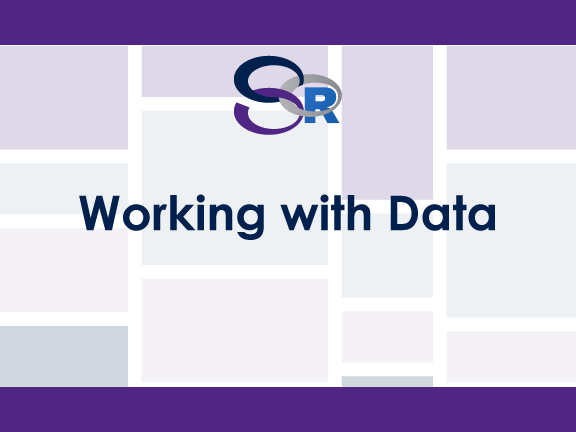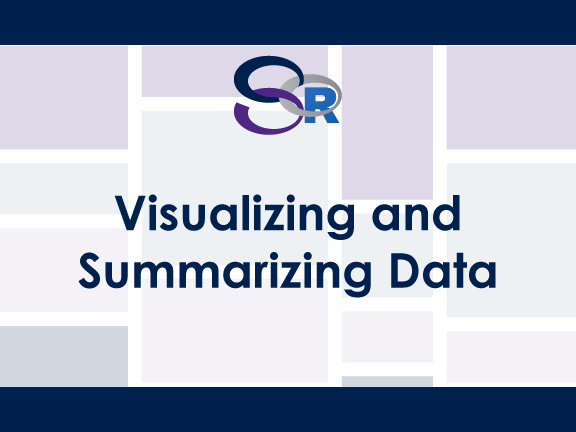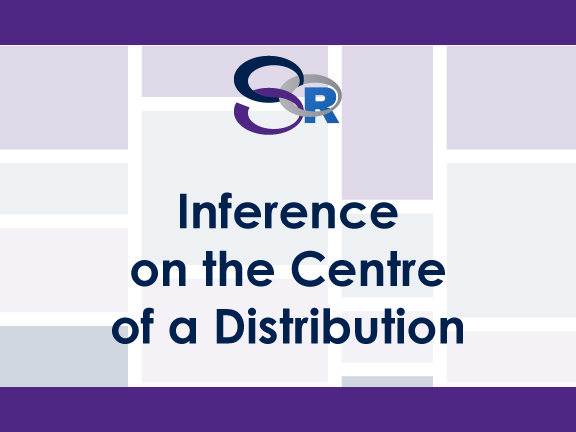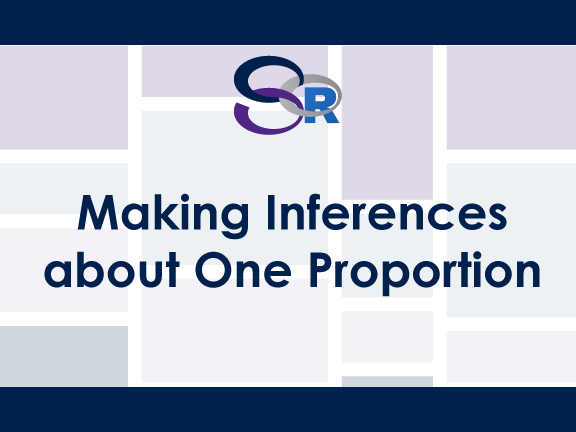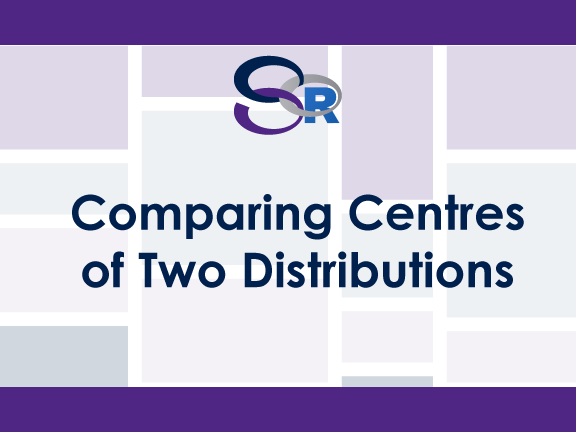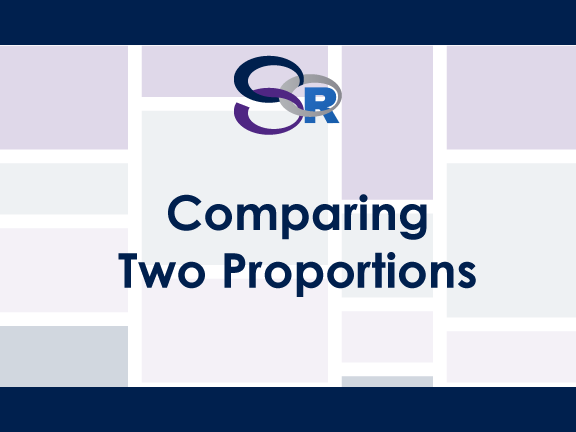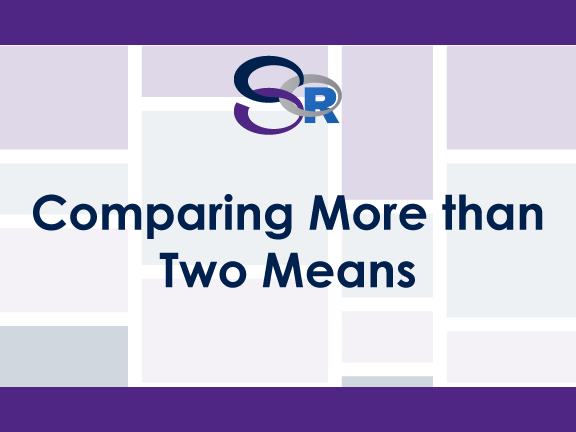Main Content

The use of R to summarize and analyze data is only one aspect of the statistical problem-solving process. Decisions about appropriate summaries and procedures relate to many parts of the study. So, our instructional videos model the scientific inquiry process by highlighting important statistical considerations at each of stage of the PPDAC process (MacKay & Oldford, 1994, 2000) for published research studies.
PROBLEM: Define the research question.
|
|
PLAN: Decide how to carry out the study.
|
|
DATA: Collect and record information on the individuals being studied and create preliminary summaries.
|
|
ANALYSIS: Extract meaning from the data.
|
|
CONCLUSION: Interpret and communicate statistical findings in the context of the research question.
|
See the project Overview for more information.
